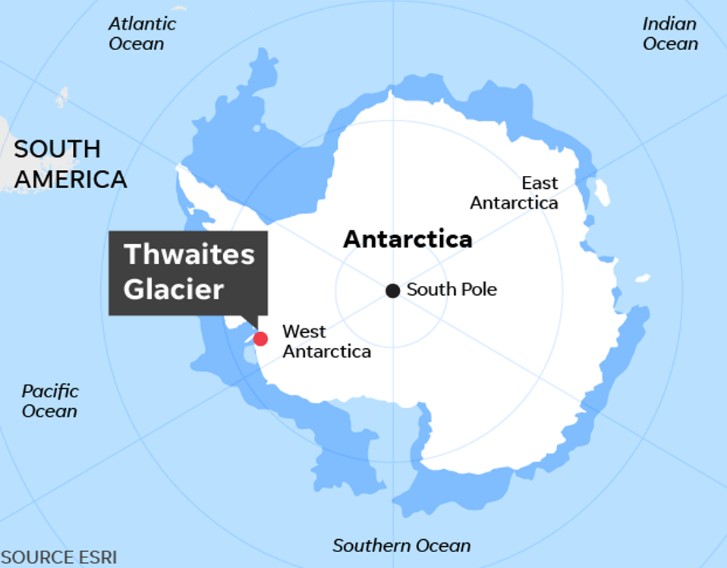900 319 0030
enquiry@shankarias.in
A new study has pointed out that rapid melting of West Antarctica’s ice sheet due to warm waters around it, is now unavoidable, no matter how much carbon emissions are cut.
The study, ‘Unavoidable future increase in West Antarctic ice-shelf melting over the twenty-first century’, quoted the reasons for the rapid ice melt in West Antarctica.
The Antarctic ice sheet contains enough ice to raise global sea-levels by about 58m (190ft) if it melted entirely. Of this, a sizeable portion enough to raise sea-levels by around 5m (16ft), is held in West Antarctica.

References